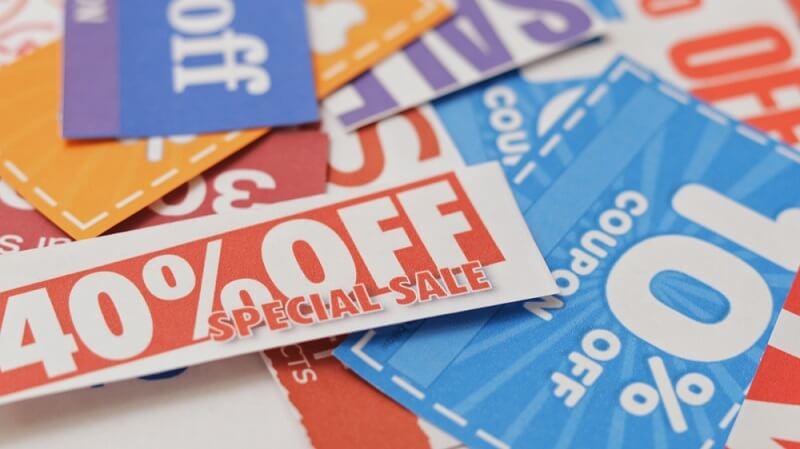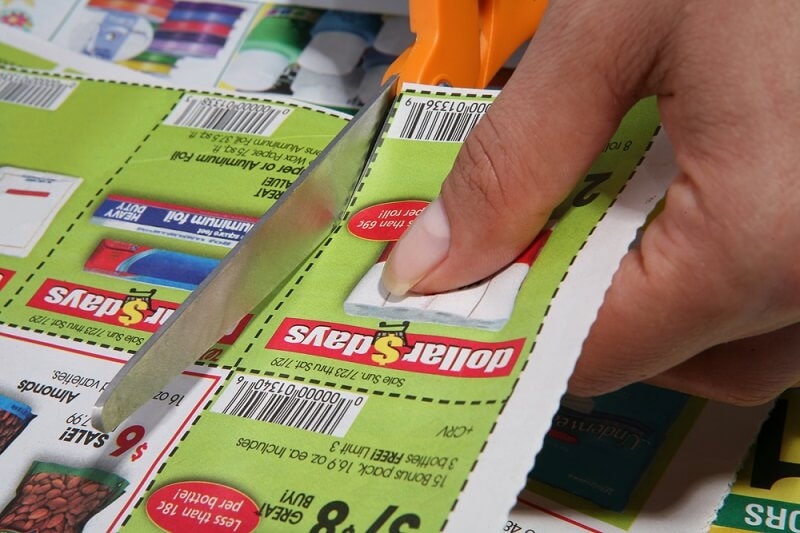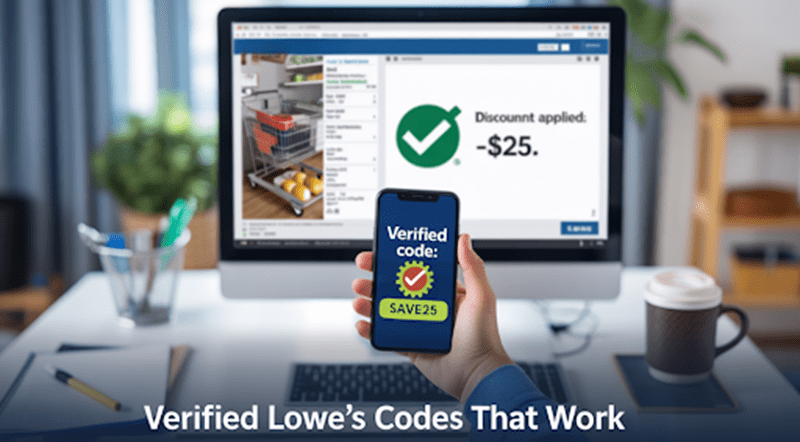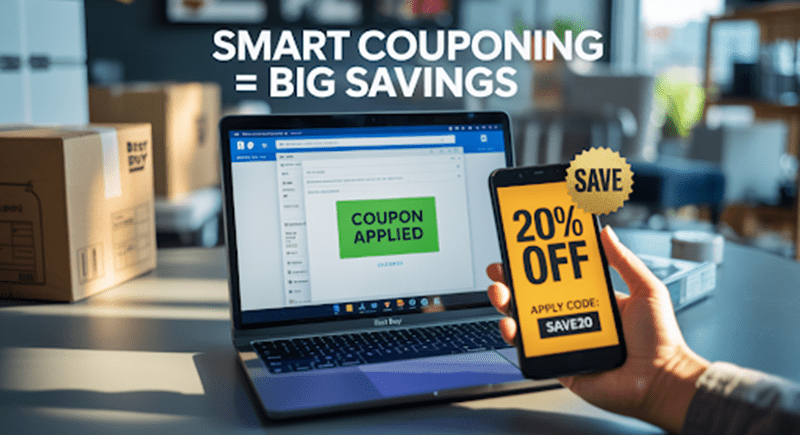
If you’ve ever felt like a single coupon barely makes a dent in your shopping bill, you’re right, it usually doesn’t. That’s where coupon stacking comes in. This isn’t about clipping a random coupon and calling it a day. It’s about pairing, layering, and sometimes tripling up on discounts to pay the least amount possible. Whether you’re stacking paper coupons at checkout or stacking coupon codes online, the savings can be huge if you know the rules.
What Is Coupon Stacking?
At its simplest, coupon stacking is the art of using more than one type of coupon or discount on the same purchase. Think of it as building a savings sandwich: one layer might be a manufacturer coupon, the next a store coupon, and then you top it off with rebate coupons or a loyalty reward. The result? A price drop that makes you wonder why anyone pays full price.
When people ask “what is coupon stacking?” the short answer is: combining multiple offers the store allows, in the right order, so each one shaves off a little more from your total. Do it right, and you’re walking out with a bag full of products for a fraction of the listed price.
Can You Stack Coupons?
Yes — but only if you follow the store’s rules. Can you stack coupons at every retailer? No. Each store has its own policy. Most big-name retailers allow at least one manufacturer coupon plus one store coupon per item. Some even let you add a store-wide promo or rewards points on top.
What you can’t usually do is use two manufacturer coupons for the same product, or two store coupons for the same item, unless the policy explicitly says so. The trick is knowing which stores are stacking-friendly before you shop.
Must Read: Maximize Savings with Best Buy Coupon Codes: 6 Effective Online Couponing Tips
How Does Coupon Stacking Work?
How does coupon stacking work in practice? The basic flow is simple:
- Start with the biggest discount — often a store sale or clearance markdown.
- Add a manufacturer coupon — a dollar amount or percentage off from the brand itself.
- Layer in a store coupon — another discount issued directly by the retailer.
- Finish with rebate coupons or loyalty rewards — money or points you get back after purchase.
When done right, these layers work together instead of cancelling each other out. Online, stacking coupon codes works similarly, but you need to know if the site allows more than one code in the promo box. Some sites let you enter multiple codes at once, while others only allow one — and will automatically apply whichever saves the most.
How to Coupon Stack Like a Pro

If you’re new to this, here’s how to coupon stack without losing your mind:
- Collect both store and manufacturer coupons — paper, digital, and app-based.
- Know your store’s stacking rules: some limit coupon quantities, others limit types.
- Add rebates to the mix: upload your receipt to apps like Ibotta or Fetch for extra cashback.
- Track expiration dates: nothing kills a deal faster than a coupon that’s a day too old.
The best coupon stackers don’t just grab random offers. They plan purchases around the weeks when sales, coupons, and rebates all overlap.
How to Stack Coupon Codes Online
Learning how to stack coupon codes is a different game. Some retailers — like Kohl’s, DSW, and Old Navy — openly allow multiple codes in one order. You might be able to stack a free shipping code, a percentage-off code, and a category-specific code all in the same cart.
For stacking coupon codes online:
- Always test different code combinations before checking out.
- Start with a browser extension like Honey or RetailMeNot to find active codes.
- If the site only accepts one code, pick the one with the highest value — then use rebate coupons or cashback portals to make up the rest.
Using Rebate Coupons for Bigger Savings
Rebate coupons are often overlooked, but they can be a game-changer. A rebate works after purchase — you submit your proof of purchase and get a set amount back. That refund stacks beautifully with coupons you used at checkout.
Example:
- Buy a $15 product.
- Use a $3 manufacturer coupon + a $2 store coupon.
- Submit a $5 rebate offer.
Your final cost? Just $5 for something that started at $15.
More to Explore: How to Save with the Ulta Credit Card Right Now in
Real-World Store Examples
Here’s how different retailers handle coupon stacking:
- Target – Allows one manufacturer coupon, one store coupon, and one Target Circle offer per item.
- CVS – Lets you use manufacturer coupons, store coupons, ExtraBucks, and rebates together.
- Walgreens – Allows manufacturer + store coupon + rewards points.
- Publix – Will take a manufacturer coupon plus a store or competitor coupon on the same item.
- Kroger – Manufacturer and store coupons are accepted but the stacking rules are applied differently to paper versus digital coupons.
These policies can change, so always check out the latest policy before you step out.
Advanced Coupon Stacking Tricks
Once you know the basics you can save even more:
- Make your sales coupons stack — only buy if the item is discounted.
- Clearance + coupon + rebates = best deal.
- Buy discounted gift cards — pay with cards you bought at discount.
- Take advantage of loyalty bonuses — today’s points can be redeemed for free items on your next trip.
Step-By-Step Example
And now a whole example going through how coupon stacking works:
- Original price: $25
- Store sale: 20% off - $20
- Manufacturer coupon: -$4 - $16
- Store coupon: -$3 - $13
- Rebate coupon: $5 back - $8 final cost
That is a saving of $17, and that is with no credit card reward or cashback portal being used on the purchase.
Don’t Miss: Birthday Discounts with Seasonal Sales at Ulta and Sephora
Final Word
Coupon stacking does not mean grabbing every coupon you see. It means knowing which coupons to use in which order and at what time.Whether you’re stacking coupon codes online or combining paper coupons with rebate coupons in-store, the results speak for themselves.
Once you’ve mastered it, you’ll stop asking “can you stack coupons?” and start asking yourself how much you can save this week.

















-1730200973-r.jpg)

































































